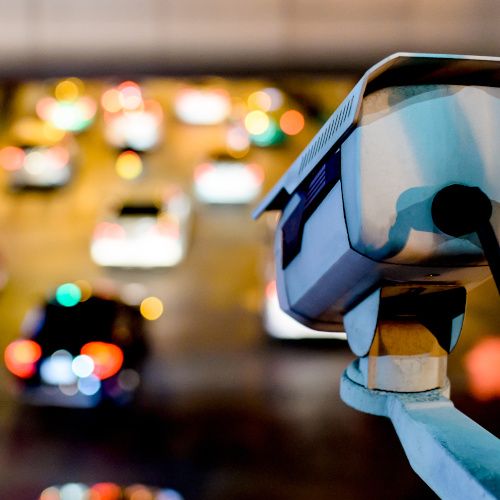Traffic Monitoring & Information
From Sensors to Information.
Modern dynamic highway guidance systems are based on a multitude of sensor data that form the basis for decisions on traffic management strategies and information for people on the move. Traffic counts, the measurement of speeds and distances between vehicles, the acquisition of environmental parameters such as wind, humidity, temperature and emissions and many other data are processed in the motorway control centres.
Variable message signs are the means of informing road users about construction sites, accidents or imminent traffic jams, road conditions and alternative routes. Video surveillance enables automatic event recognition. Easily accessible data enables the operator to quickly identify problems and react accordingly. Timely and accurate travel information enables road users to plan their journeys, make reliable decisions before and during their journey and arrive at their destination on time and stress-free. Weather stations and in-road sensors provide up-to-date data to trigger winter road clearance on motorways as a preventive measure.
Harmonized Flow of Traffic
Real-time Data
Increased Safety
Turnkey Solutions
Main Applications
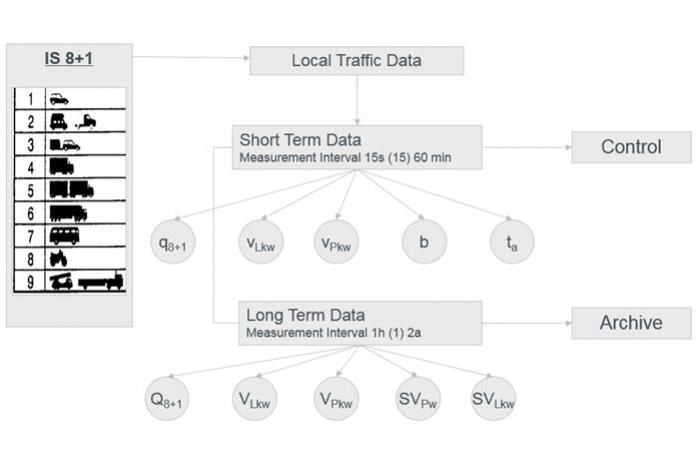
Data from numerous sensors are aggregated and evaluated with special algorithms for different applications.
Benefit
- State-of-the-art technology
- Reliable database for optimized traffic flow
Function
- Detectors (loops, radar, camera ...) count and classify vehicles
- vehicle category
- number
- speed
- direction
- Occupancy time per lane
- congestion detection
- distance
- Additional sensors provide additional data
- weather sensors
- Bluetooth-Sensors
- automatic number plate recognition (ANPR)
- CCTV
- Latest technology of traffic management
- FCD (Floating car data)
- V2X (Vehicle-to-Infrastructure)
- ...
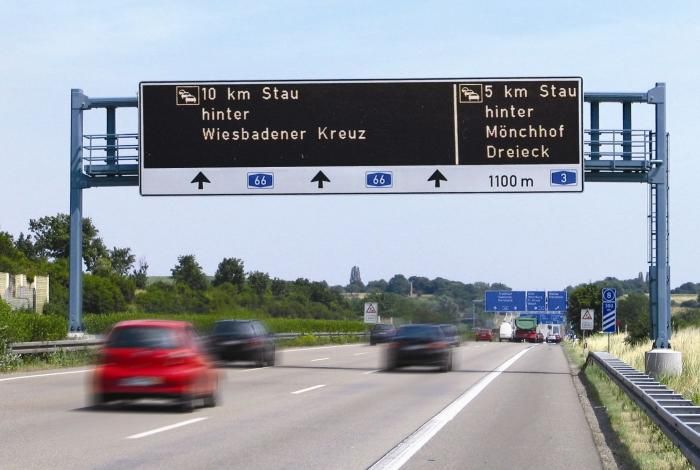
Comprehensive real-time traffic and weather information
Benefit
- Smooth and safe traffic flows
- Reduction of congestion and pollution
- Better trip planning
Function
- Traffic information coming from a variety of sensors is forwarded to the following locations:
- Road user
- Network operators
- Third-party systems
- Different information channels can be used
- Variable message signs
- Radio and Internet
- Navigation systems
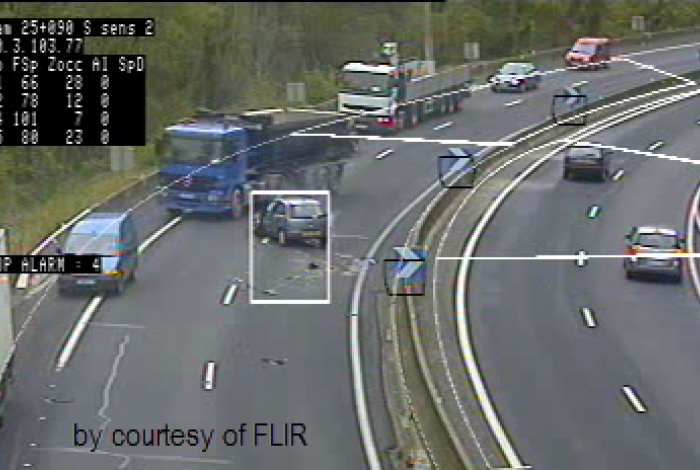
Automatic incident detection and manual notification
Benefit
- Comprehensive detection in real time
- Applicable on motorways and in tunnels
- Increased safety
Function
- Remained vehicles
- Detection of wrong-way drivers
- Slow moving vehicles
- Decrease in speed (sudden slowing down of the
traffic flow) - Falling Objects (Rockfall)
- Smoke (in tunnels)
- Pedestrians on the street
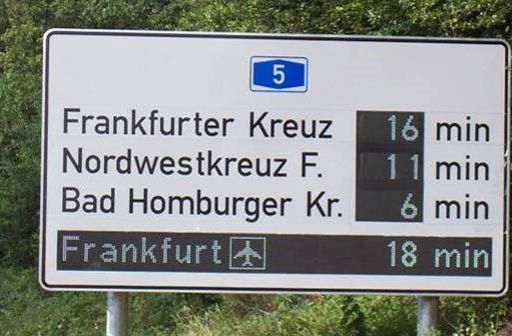
Comprehensive information about the current traffic situation
Benefit
- Real-time information about traffic disruptions, traffic jams and their effects on the individual journey
Function
- Traffic data from detectors and sensors are used to evaluate travel times and delays.
- Information about VMS, navigation systems, Internet, radio, .....
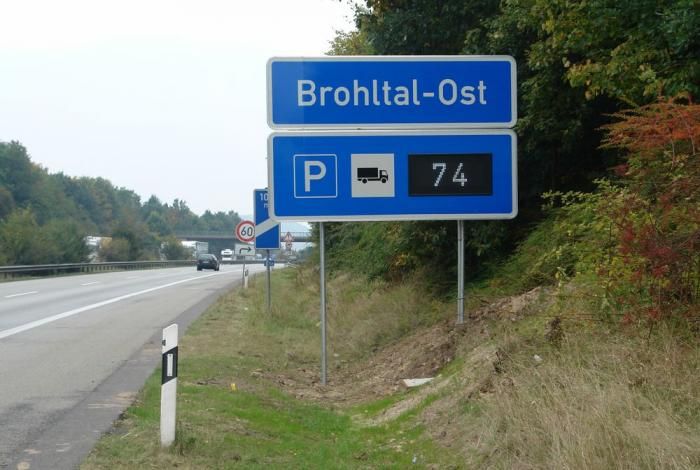
With long-distance freight traffic, the demand for suitable parking spaces for trucks is growing directly at or near motorways.
Benefit
- Better management of available parking spaces
- Better communication with drivers
- Increasing safety for all road users
Function
- Monitoring of individual parking spaces using magnetic field sensors, video technology or induction loops
- Counting of the difference between vehicles moving in and out via induction loops, radar detectors, ground radar or magnetic field sensors, video technology
- Tracking of individual vehicles using automatic license plate recognition (ANPR)
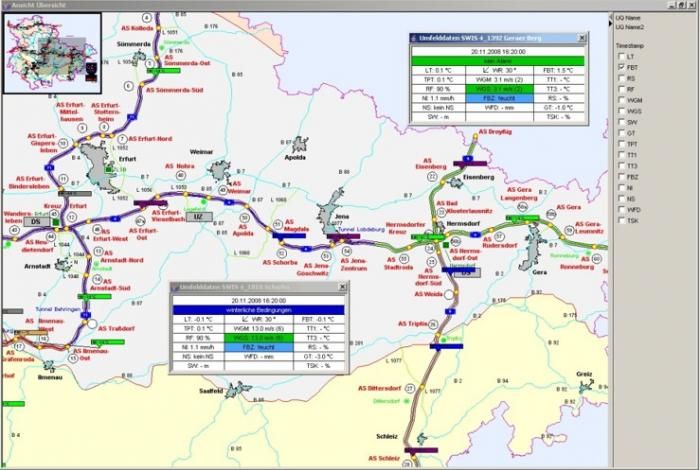
Reliable forecasts for efficient winter service
Benefit
- Optimized basis for decision-making processes
- Winter service when, where and how it is needed
- Shortened response times
- Drastic accident reduction
- Optical Visualization
- Economic benefits
Function
- Measuring stations collect numerous values such as road surface temperature, residual salt, precipitation, etc.
- Collected data is merged with general data from the local weather service.
- All data are combined in a time- and location-differentiated manner and form the basis for optimised winter road clearance.



